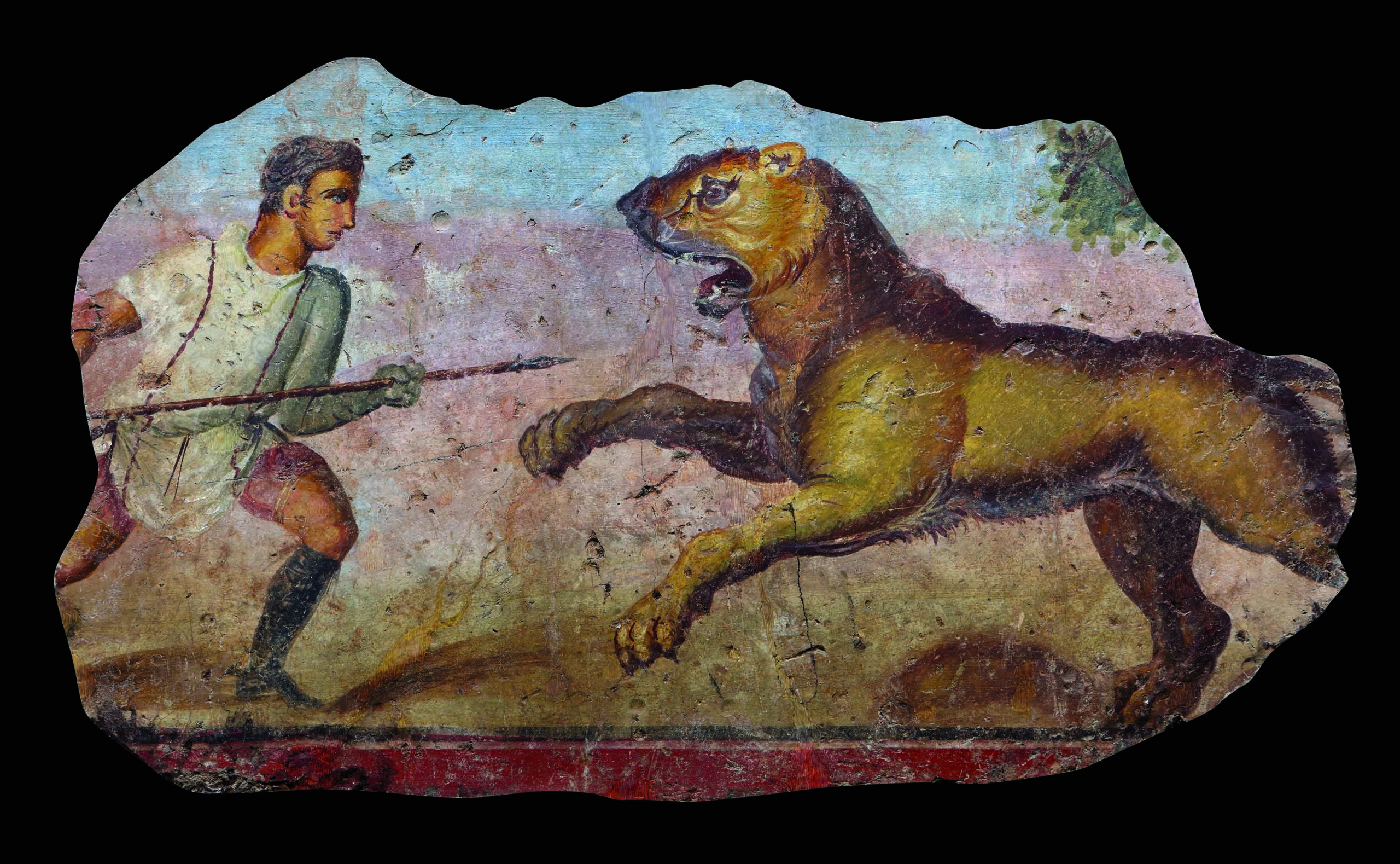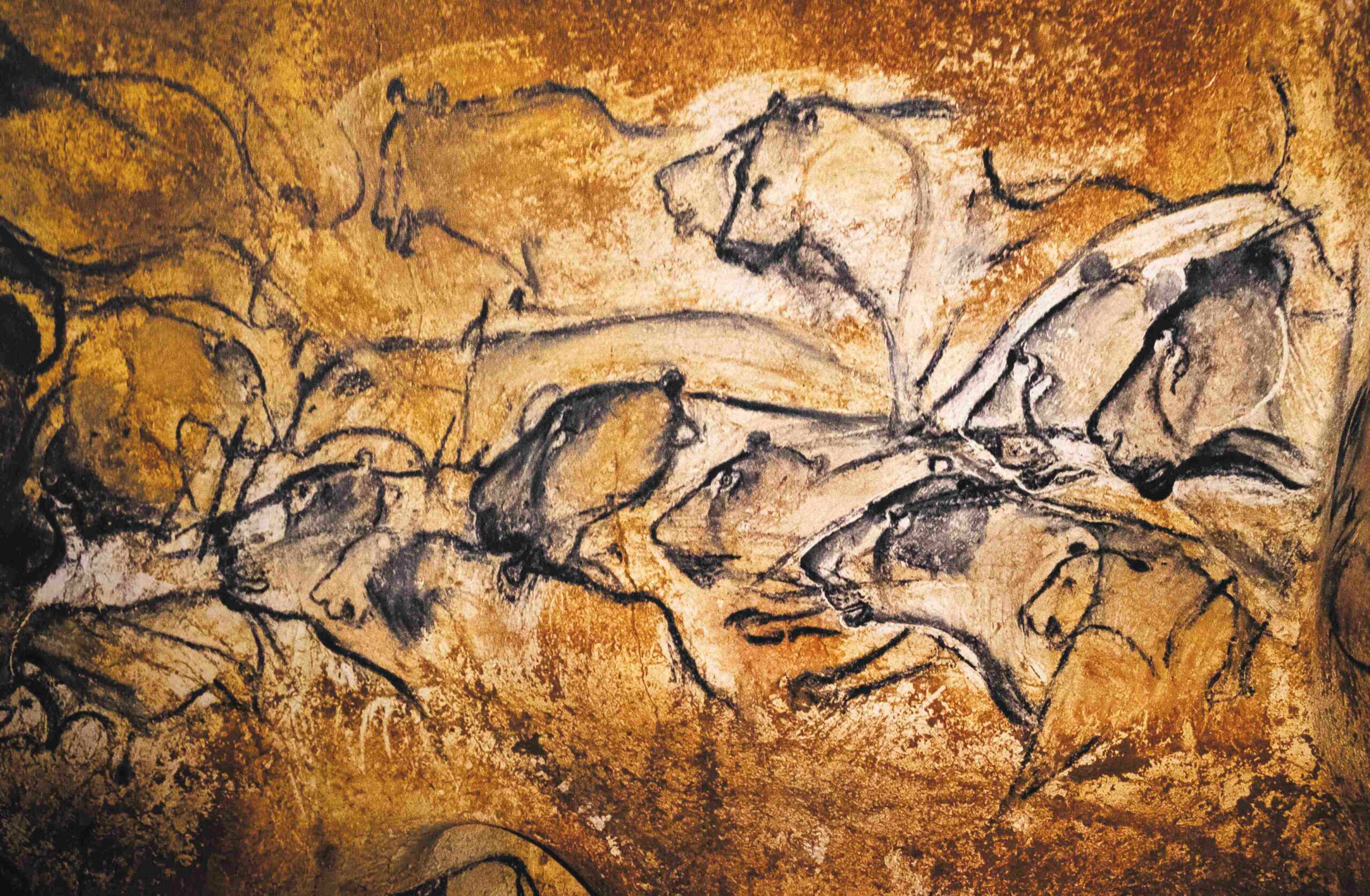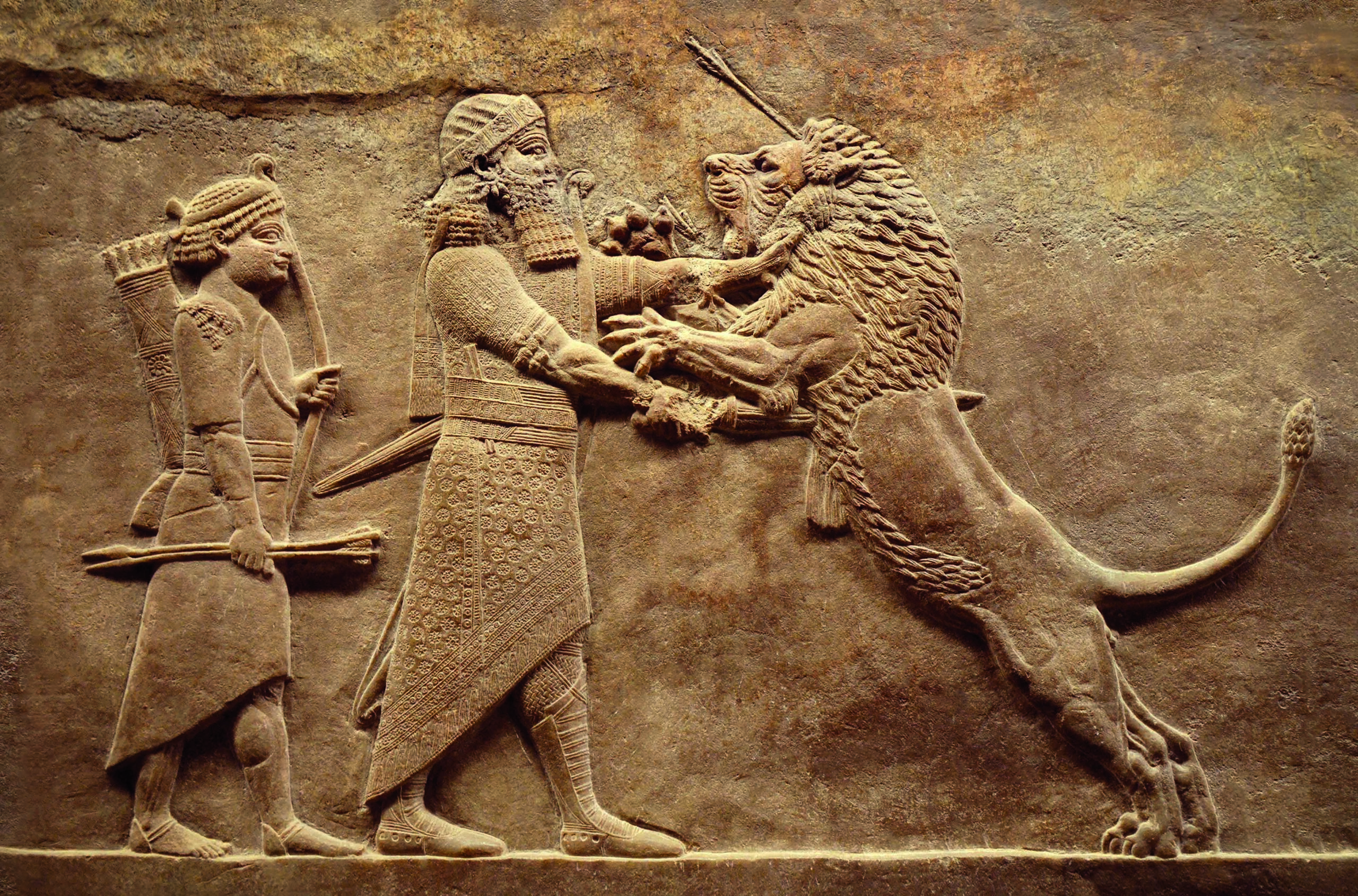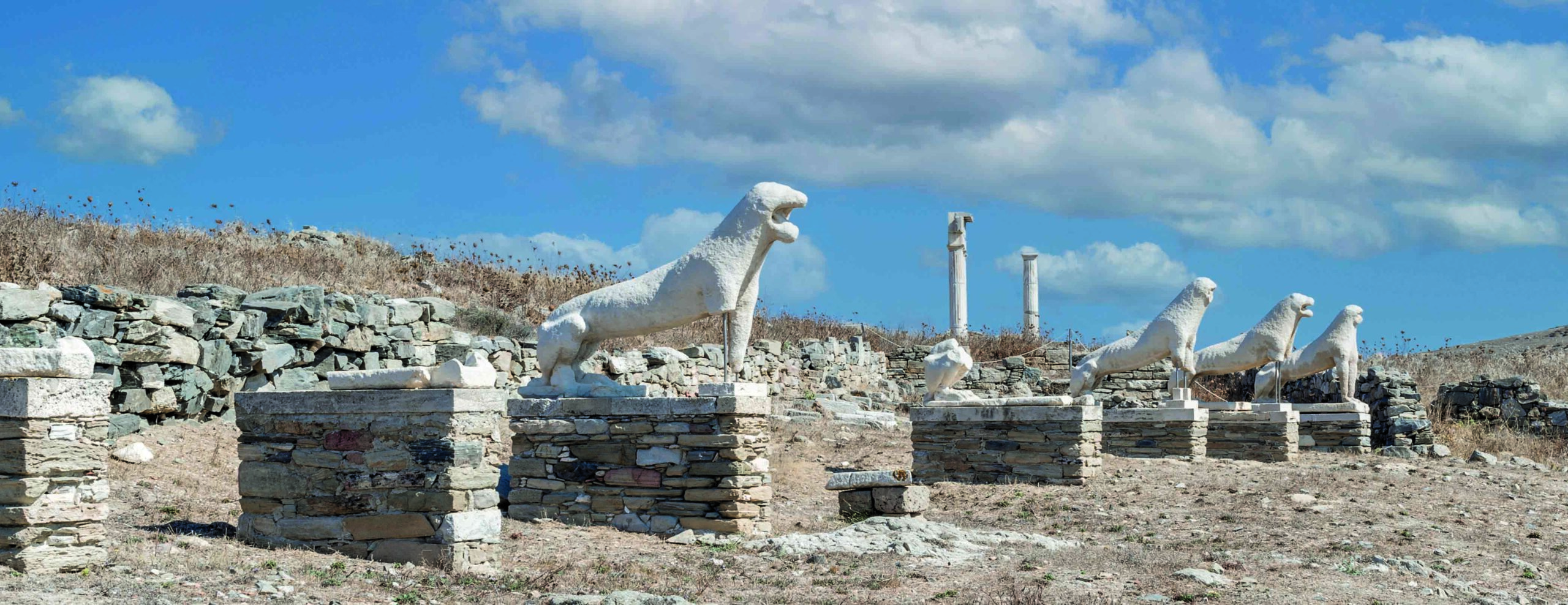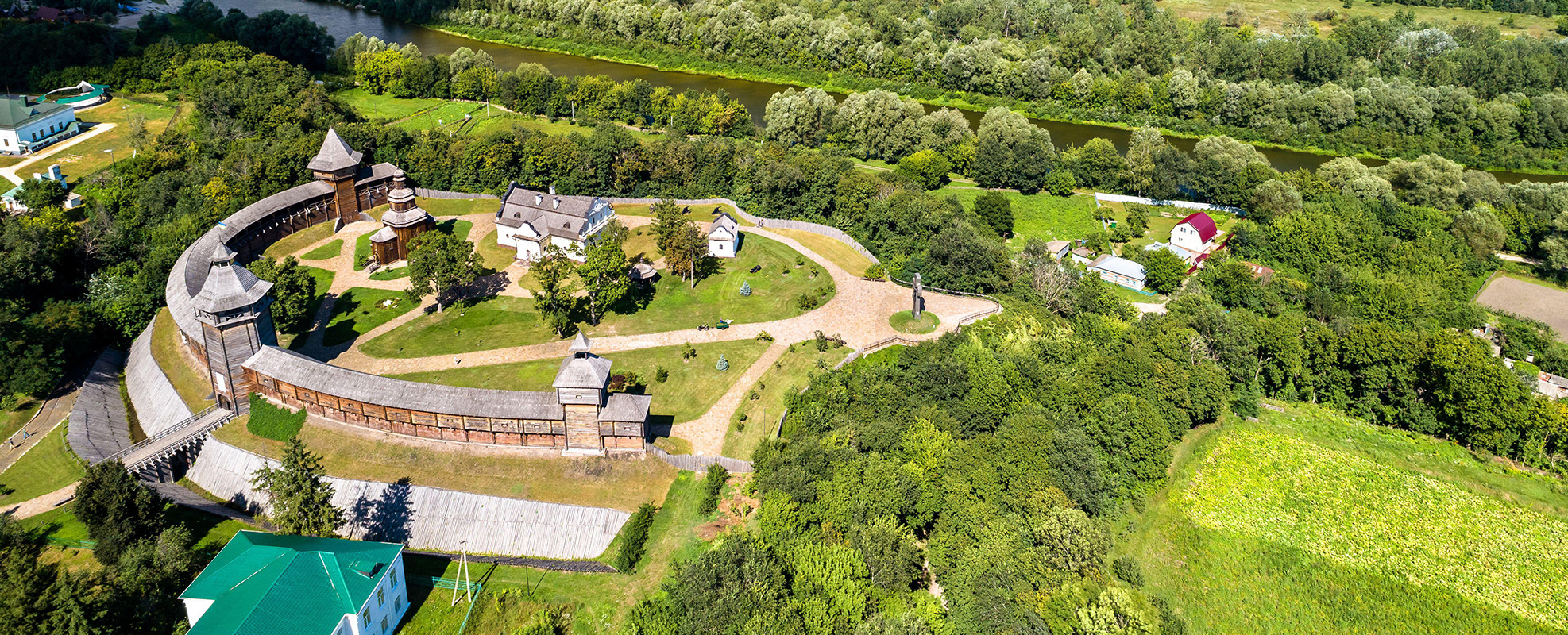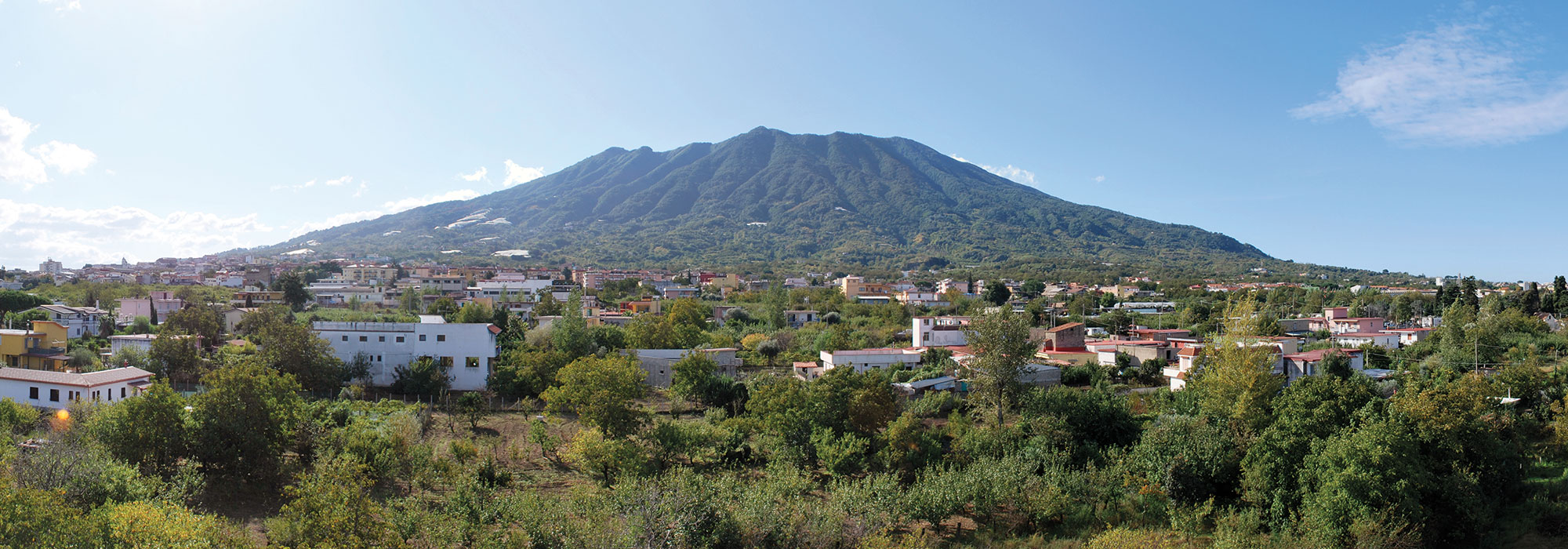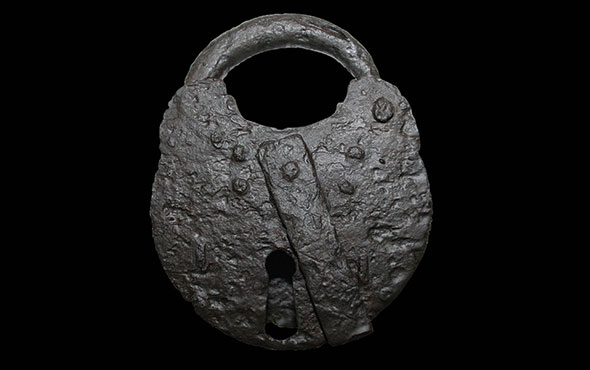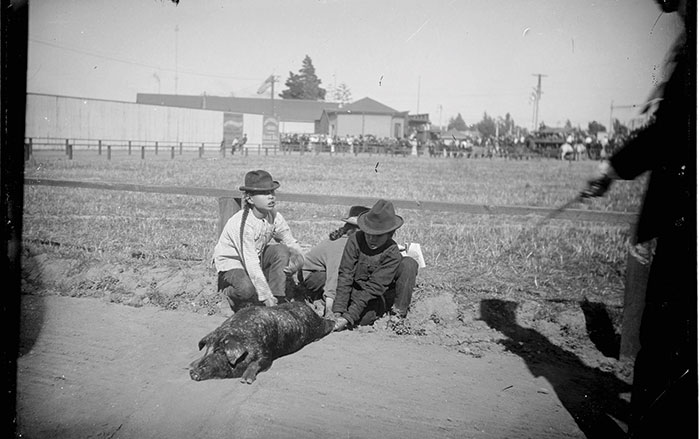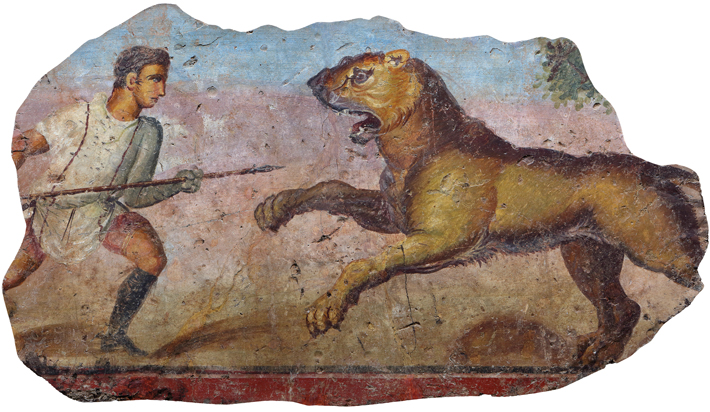
A day at the games in arenas across the ancient Roman world, including the Colosseum in Rome, was a bloody affair that ended with gladiatorial contests in which men fought one another in a contest to the death. But the spectacle began with men fighting wild beasts—such as elephants, rhinos, and lions. The middle of the day was reserved for executions. During early periods in Rome’s history, animals were imported for display, explains historian Christopher Epplett of the University of Lethbridge, but by the second century B.C., the Romans wanted more. Spectacle organizers, including prominent magistrates, began to stage venationes, or beast hunts, for entertainment. These events are recorded in numerous literary sources and in copious inscriptions, paintings, and mosaics unearthed at all ends of the empire. Rome’s animal-fighting training school, called the Ludus Matutinus, or Morning School, is known to have been located just east of the Colosseum. Recently, archaeologists discovered bones of lions and other animal combatants in the Colosseum’s drainage system.
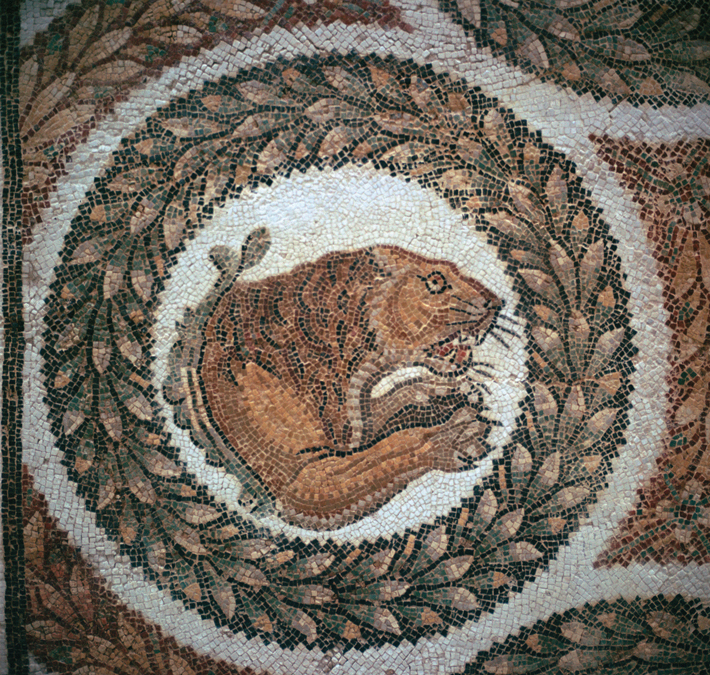
Apart from providing entertainment and a venue for officials to display their wealth and largesse, venationes showcased the Romans’ geographic reach and bureaucratic prowess. “As the Romans expanded into North Africa and later the Near East, they made a lot of political and business contacts and were able to put the infrastructure in place to ship wild animals for the spectacles,” Epplett says. “There’s also some evidence that units of the Roman army were sent out on animal-gathering missions when they weren’t busy fighting.”
Not all lions brought to Rome were for blood sport and not all were killed immediately. There are references to tamed lions performing tricks and even to one particularly beloved lion, whom the first-century A.D. poet Statius eulogized: “The sorrowful people and senators have mourned you as if you were a well-known gladiator.” But as the empire went, so went the venationes. “In the later empire,” says Epplett, “the supply of animals started to dry up because of overhunting and because the Romans began to lose territory, especially in North Africa.”


